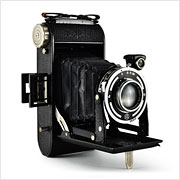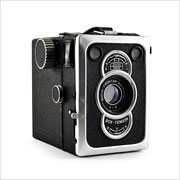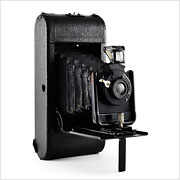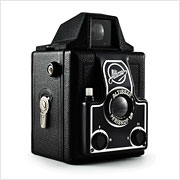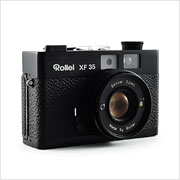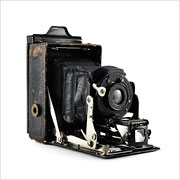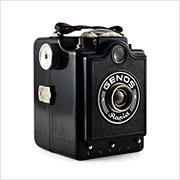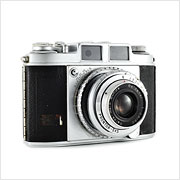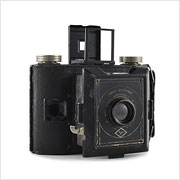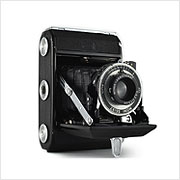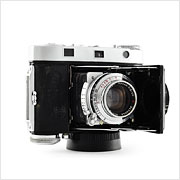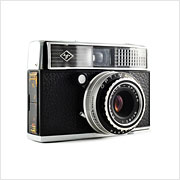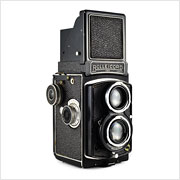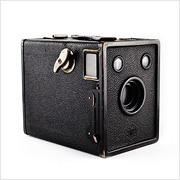Welta Penti
The Welta Penti is a stylish compact 35mm half-frame camera introduced by VEB Welta Kamera-Werke in the Dresden suburb of Freital, East Germany for use with Agfa‘s Karat film cartridge. Sometimes referred to as the Penti 0, this particular camera is the first of several Penti models made by Welta and—after Welta merged with other manufacturers like Zeiss Ikon and Altissa to form it—Pentacon. Like the vast majority of camera manufacturers based in Dresden, Welta became a state-run company after World War II as Germany split apart.


